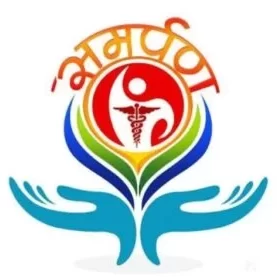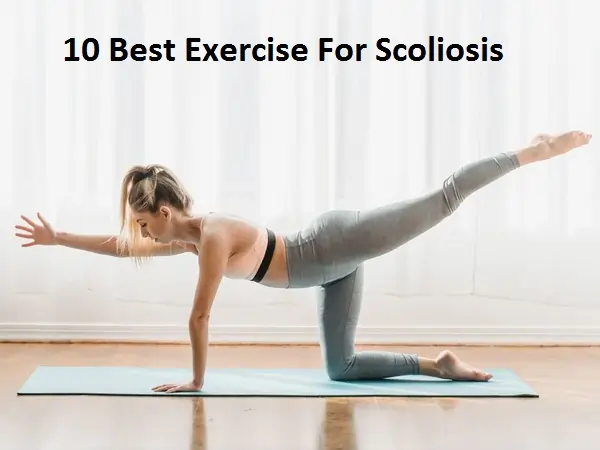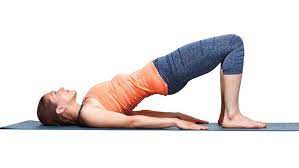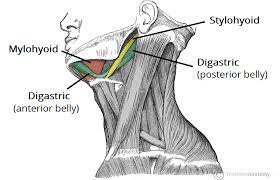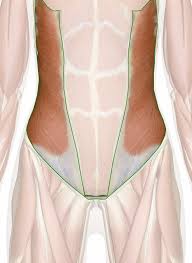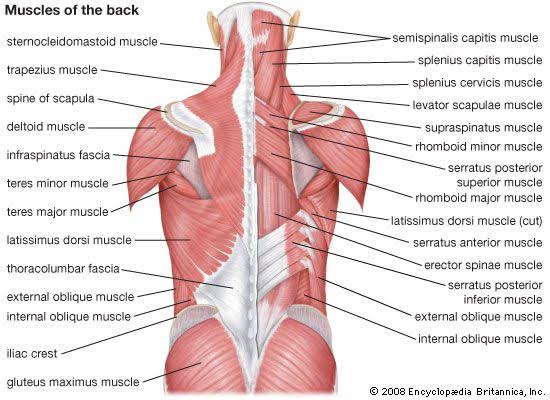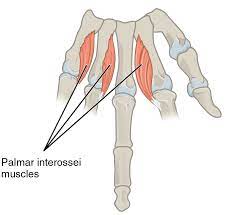10 Best Exercises for Scoliosis
Table of Contents
Overview
Scoliosis is the term for an improper lateral curvature of the spine. Early adolescence or childhood is when it is most frequently diagnosed.
In the so-called “sagittal” plane, the cervical, thoracic, and lumbar regions of the spine exhibit the usual curves. The head is positioned over the pelvis by these natural curves, which also serve as shock absorbers to disperse mechanical stress during motion. Many people define scoliosis as a curved spine in the “coronal” (frontal) plane.
What Is Scoliosis?
The disorder known as scoliosis causes the spine to bend sideways, frequently creating a “S” or “C” shape. Exercise can help strengthen muscles, improve posture, and lessen discomfort, albeit the degree of the curve will determine how it is treated. Exercise can promote spinal alignment and stop the disease from getting worse, even though they can’t straighten the spine.
The angle of the curve can be tiny, big, or mild. On the other hand, scoliosis is defined as any X-ray measurement greater than 10 degrees.
The severity of scoliosis can range from minor to significant. Treatment is not necessary for curves with minor scoliosis, which is often less than 10 degrees. Breathing difficulties, pain, and back problems can result from severe scoliosis curves.
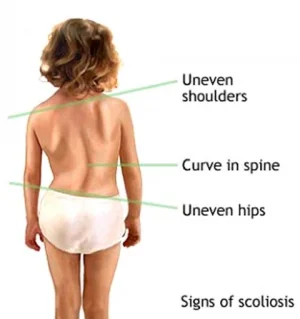
Symptoms
Scoliosis symptoms can include:
- Asymmetrical shoulders.
- There is one shoulder blade that stands out more than the other.
- Asymmetrical waist.
- Higher on one hip than the other.
- On one of the sides, the bony structure extends forward.
- When leaning forward, one side of the back has a protrusion.
The spine will twist or rotate in addition to bending side to side in the majority of scoliosis cases. Because of this, the muscles or ribs on one side of the body protrude more than those on the other.
Causes
Medical professionals are unsure of the source of the most prevalent kind of scoliosis, however, it seems to be inherited because the condition can occasionally run in families. Less frequent forms of scoliosis could result from:
- Some neuromuscular disorders, like muscular dystrophy or cerebral palsy.
- birth abnormalities that impact how the spine’s bones develop.
- Prior chest wall surgery during infancy.
- Illnesses or injuries to the spine.
- Abnormalities of the spinal cord.
Benefits of Scoliosis Exercises
- Enhances posture by fortifying the back and core muscles.
- Increases suppleness to lessen rigidity
- Relieves pain by minimizing muscular imbalances.
- When paired with medical monitoring, it stops the progression of curves.
Can exercise be used to treat scoliosis?
Exercise can strengthen the muscles that support the spine and help it move and maintain better posture.
Exercise could be beneficial for
- Strengthen the muscles that surround your spine.
- Increase your range of motion and flexibility by strengthening your core muscles.
- Boost the physical strength and balance of your limbs.
- Reduce pain and suffering
- Increasing your balance and coordination
People with scoliosis need to work with a physical therapist or other medical professionals to create a customized exercise regimen. This is because the specific exercises that are most beneficial will vary according to the position, severity, and other factors of the curve.
10 Best Exercises for Scoliosis
Pelvic Tilt
Exercises for pelvic tilt can help with scoliosis because they can strengthen the hip and core muscles, relieve discomfort, stretch out stiff muscles, and improve posture.
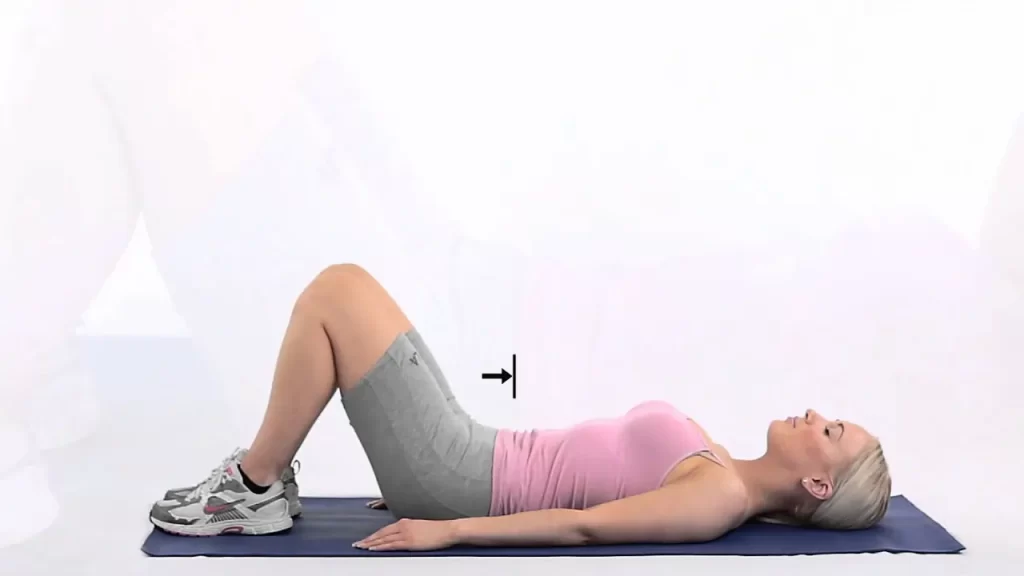
How to do
- You should be on your back after placing your feet flat on the ground and bending your legs.
- To drive your lower back into the floor, raise your hips and tense your abdominal muscles.
- Take a few seconds to hold this position.
- Then return to your neutral position.
- Then relax
- Do this exercise five to ten times.
Cat-Cow Stretch
The Cat-Cow stretch is an excellent yoga pose that eases shoulder, neck, and back strain and increases spinal flexibility. It’s frequently worked into exercise or mobility exercises as a warm-up.
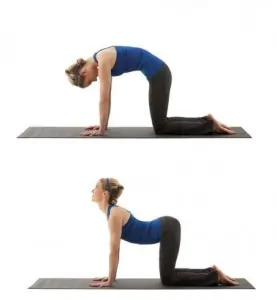
How to do
- Beginning on the ground while kneeling.
- While kneeling on the ground, keep your head up and your abdomen straight.
- Take a deep breath, lift your lower ribs, round your back, and relax your neck.
- They should raise their chest slightly towards the floor and lower it as they exhale.
- To return, pull in your stomach.
- Then relax.
- Do this exercise five to ten times.
Benefits
- Increases the mobility of the spine
- Reduces back and neck strain and improves posture and core activation
- Reduces tension and encourages rest
Child’s Pose
“Child’s Pose,” or “Balasana” in Sanskrit, is a peaceful yoga practice that promotes mental and physical relaxation. It is frequently used as a resting pose in yoga.
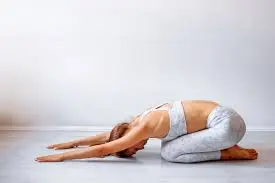
How to do
- Your big toes should align as you sit down on your heels.
- Keep your knees together for a more rounded spine stretch, and separate them if you want the hip stretch to be deeper.
- Place your arms in front of your body, palms up, rather than extending them straight out in front of you, palms down.
- Bring your forehead to the mat and let your chest fall towards the floor.
- Concentrate on holding for 30 seconds to several minutes while keeping your breathing steady and relaxed.
Benefits of Child’s Pose
- Gently extend the spine, thighs, ankles, and hips.
- Eases lower back and neck strain, increases relaxation, lessens stress, and softly presses the abdomen to facilitate digestion.
Side Plank
A core-strengthening exercise that works the obliques, abdominals, shoulders, and glutes is the side plank. It enhances posture, balance, and core stability.
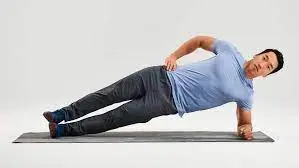
How to do
- Place your elbow just behind your shoulder while lying on your side with your legs stacked.
- Make a straight line from your head to your heels by using your core to raise your hips off the floor.
- Maintain the position while breathing slowly and keeping your body steady.
- After holding for the proper amount of time, lower your hips and move to the opposite side.
Camel Pose
It appears that you may be referring to the yoga pose known as Ustrasana in Sanskrit, which is also called Camel Pose.
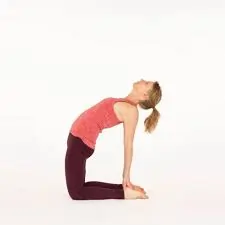
How to do
- With your thighs perpendicular to the floor and your knees hip-width apart, begin by kneeling on your mat.
- With your fingers pointed down, place your hands on your lower back to support your spine.
- Using your core, slowly start arching your back and raising your chest.
- With your hips placed over your knees, reach for each of your heels individually.
- If it’s comfortable, let your head fall back; if your neck feels strained, keep your chin gently tucked in.
- Breathe deeply while you hold the stance for 20 to 30 seconds.
- Return your hands to your lower back and slowly raise your torso to release.
The benefits of Camel Pose
- Stretch the shoulders, abdomen, and chest.
- Increases the flexibility of the spine.
- Opens the chakras in the throat and heart.
- Can relieve back pain and improve posture.
- Increases vitality and reduces exhaustion
Cobra Pose
Yoga’s Cobra Pose, also known as Bhujangasana in Sanskrit, is an easy backbend for beginners that stretches the shoulders and abdomen, expands the chest, and strengthens the spine. It frequently appears in sequences such as Sun Salutations.
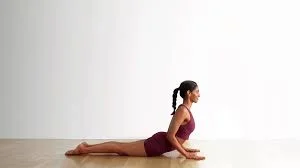
How to do
- With your legs outstretched and the tops of your feet pressed into the mat, lie flat on your stomach.
- Place your elbows towards your ribs and place your palms beneath your shoulders.
- Your glutes should be slightly engaged, but not overly so, and your pelvis should be pressed into the surface.
- With your elbows slightly bent, take a deep breath and slowly raise your chest by pressing through your palms.
- Keep your neck neutral and roll your shoulders back and down without straining upward.
- Breathe deeply while you hold this position for 15 to 30 seconds.
- As you lower your chest, exhale.
The benefits of Cobra Pose
- Enhanced arm, shoulder, and back strength
- Enhanced posture and spinal flexibility
- Facilitate improved breathing by opening the lungs and chest.
- Improves digestion by activating the abdominal organs.
- Reduces minor lower back discomfort
Bow Pose
Bow Pose, also known as Dhanurasana, is a backbend yoga pose that expands the chest, extends the shoulders and thighs, and strengthens the back. With the arms serving as the string and the torso curled, it simulates an archer’s bow.
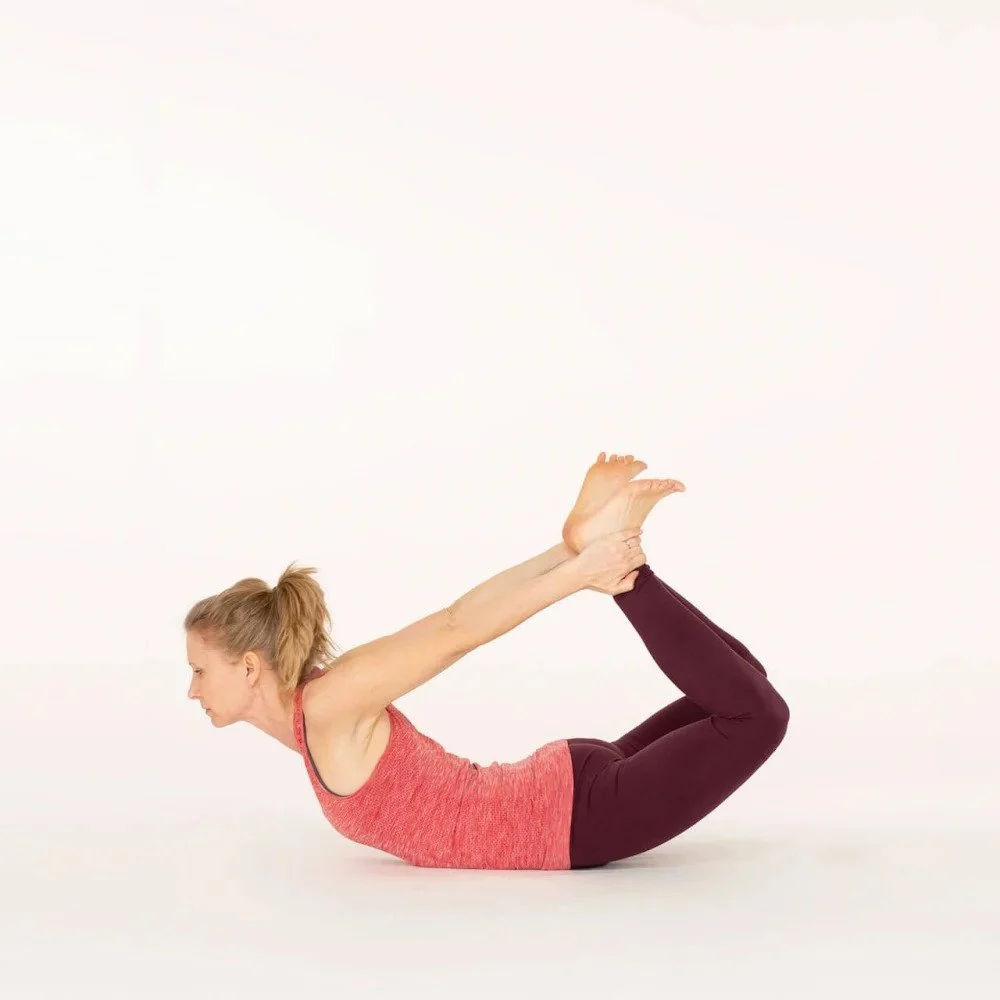
How to do
- With your arms at your sides, rest flat on your stomach.
- Reach your hands back and bring your heels to your glutes.
- Maintain a hip-width distance between your knees and firmly grasp your ankles.
- Take a breath, pull your ankles up, and raise your head, thighs, and chest off the floor.
- To achieve a deep backbend, engage your legs and place your feet into your hands.
- Breathe deeply while you hold the stance for 20 to 30 seconds.
- Breathe out, loosen your hold, and return your torso and legs to the ground.
Benefits of Bow Pose
- Stretches the quadriceps, shoulders, and chest.
- Strengthens the muscles in the back and abdomen.
- Enhances spinal flexibility and posture
- Reduces constipation and promotes digestion.
- It increases strength and opens the heart.
Bird Dog Exercise
The Bird Dog is an excellent lower back, balance, and core-developing exercise. Because it targets the shoulders, glutes, lower back, and abs, it is an effective way to improve posture and decrease the chance of injury.
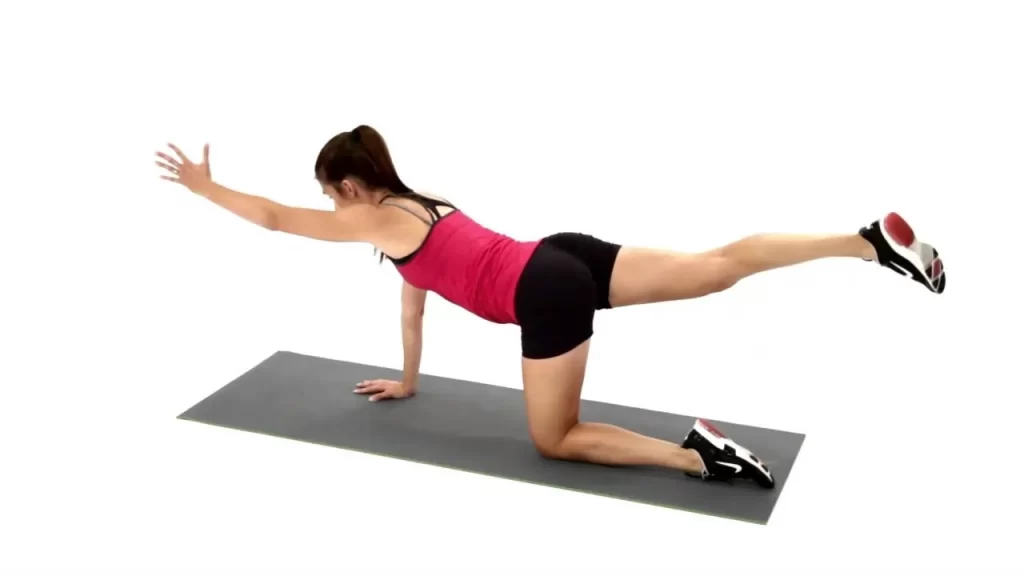
How to do
- Once on your hands and knees, adopt the tabletop position.
- Bow at the knees and place your palms above your shoulders.
- Check that your abs are contracting intending to maintain a stable spine.
- Press your shoulder blades together.
- Maintaining your hips and shoulders straight to the floor, raise your left foot along with your right arm.
- Reach the back of your neck and look at the floor while lowering your chin to your chest.
- Hold this position for a few seconds, then go back to the beginning.
- Lift your right leg and extend your left arm, then hold this position for a little while.
- Then relax.
- Three to six repetitions of this exercise are required.
Bicycle Crunches
Bicycle crunches are a good way to work the rectus abdominis and obliques, two abdominal muscles.
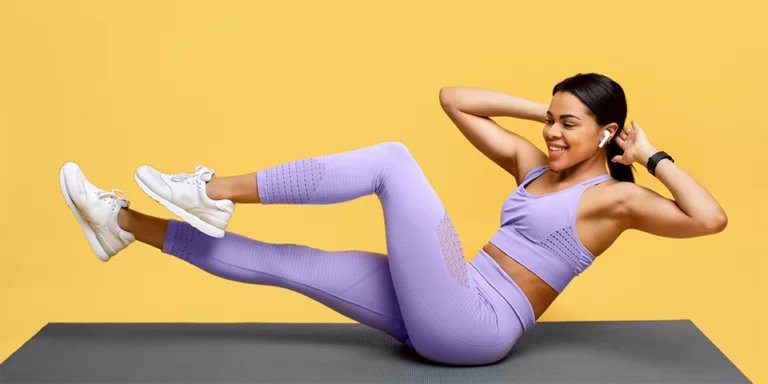
How to do
- Lying on your back on a mat, place your feet flat on the floor and bend your knees. Put your hands behind your head without linking your fingers together to reduce the strain on your neck.
- Raise your shoulders off the floor, bringing your elbows to your knees, and raise your legs until your knees are bent at a 90-degree angle.
- Extend your right leg at a 45-degree angle while you turn your torso to bring your left elbow toward your right knee. At the same time, try to extend your right leg completely without letting it touch the floor.
- To change sides, twist your torso till your right elbow is near your left knee and stretch your left leg straight out. Similar to riding a bicycle, keep pedaling with alternating sides.
- Keep your core active and prevent from pulling on your neck during the activity. Focus on using your abs to twist and move your elbow closer to your knee.
- Perform 15–20 repetitions on each side for two to three sets.
Superman Pose
The Superman pose strengthens and improves posture by targeting the muscles in the lower back, shoulders, and glutes.
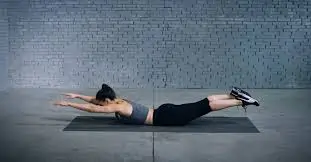
How to do
- Laying face down on the floor or a yoga mat, extend your arms in front of you and your legs straight out behind you.
- Your core will be activated by drawing your navel in toward your spine and making sure your body is in alignment.
- Elevate your arms, legs, and torso simultaneously off the ground as if you were Superman. Squeeze your glutes to lift your legs while keeping your arms extended in front of you.
- Keep your neck in alignment with your spine and your back muscles engaged as you hold the position for five to ten seconds.
You can increase the length or the number of sets as your power rises. This pose is great for strengthening the lower back and improving posture because it works key muscle groups that are often weakened by prolonged sitting.
When performing physical activity, which safety protocols must be followed?
- Throughout the exercise routine, keep your posture correct.
- Avoid vigorous activities.
- Stop exercising if an unexpected ache develops.
- Following every round of exercises, take a little stop.
- Wear loose clothing so you can move around as much as possible while working out.
- Stretch your muscles if they feel stiff, but never in a painful way.
Postural correction for scoliosis:
- Postural correction is important in the treatment of scoliosis.
- Maintaining proper posture can help people with scoliosis feel less tense and uncomfortable. It may help with breathing and circulation and lower the chance of developing new problems.
The right way to sleep:
- Maintain a neutral posture for your spine when you sleep on your side or back.
When laying on your back, place a pillow between your legs to keep your spine in its natural bend. - To keep your hips and spine in the proper alignment while you sleep on your side, lay a pillow between your knees.
The right way to sit:
- Choose a chair that offers lumbar support.
- With your feet planted firmly on the floor, bend your knees to a 90-degree angle.
- Maintain a straight posture with relaxed shoulders.
- Pull your chin in a little bit while maintaining your head centered over your spine.
- To make your tummy closer to your spine, contract your core muscles.
- Avoid crossing your legs.
The right way to stand:
- With your feet shoulder-width apart, stand with your weight evenly dispersed.
- Maintain a straight posture with relaxed shoulders.
- Stretch your head slightly in front of your spine and tuck your chin in.
- Tensing your abdominal muscles will bring your belly button closer to your spine.
- Maintain a small bend in your knees and place your ankles below them.
The following tips will help you maintain good posture throughout the day:
- Take focus on your posture and modify as necessary.
- If you are standing or sitting static for long periods, take breaks.
- To strengthen your core, do frequent exercise.
- See a physical therapist or other medical professional for personalized advice on posture and exercise.
It’s important to keep in mind that maintaining proper posture might always be difficult for people with scoliosis. An irregular curvature of the spine may be the cause of this. However, by correcting their posture using the above guidance, people with scoliosis can reduce the pain and discomfort associated with it.
Exercise to avoid having Scoliosis
- High-impact activities
- Heavy lifting
- Repetitive twisting
- Excessive backward bending
- One-sided movements
- Keeping your neck bent forward
Additional substances to stay away from are:
- Playing high-contact sports like football
- Using trampolines
- Horseback riding
- Long-distance running on hard surfaces
The Best 10 Scoliosis Exercises to Strengthen Your Spine and Improve Posture
Summary
The severity of scoliosis differs. Sometimes a spine curve can be corrected with just observation and at-home exercises.
A person may require further care in more severe cases, such as physical therapy, surgery, or bracing. To guarantee safety and efficacy, always get medical advice from a physician or physical therapist before beginning an exercise program for scoliosis.
Before choosing a treatment plan, it is important to consult a scoliosis specialist because the condition can impact a person’s mobility and general well-being. To assist control of spinal curvature and decrease discomfort, scoliosis workouts emphasize posture correction, core muscle strengthening, and flexibility improvements.
FAQs
Can exercise be used to treat scoliosis?
Exercise is especially important for children and teenagers with scoliosis because it can prevent the curvature from worsening. However, exercise is also beneficial for adults with scoliosis.
Can scoliosis be cured with yoga?
Yes, yoga can be used to correct scoliosis. Yoga improves overall health and helps control the symptoms of scoliosis. Yoga poses might be helpful. Pain and stiffness can be reduced with increased spine flexibility and range of motion.
Is walking beneficial for scoliosis?
Indeed, walking is a good form of exercise for those with scoliosis. Walking is a low-impact activity that is easy on the joints and spine. It is also a powerful tool for weight loss, muscle growth, and cardiovascular health improvement.
How may scoliosis severity be prevented?
There is no safe method to prevent scoliosis from worsening, although the fact that there are treatments that can help slow down or stop development. The optimal treatment plan will depend on the patient’s kind of scoliosis and the degree of curvature.
How is sleep possible for someone with scoliosis?
For individuals with scoliosis, doctors typically advise sleeping on your back. You can adjust your pillow to make yourself more comfortable if you’ve always slept well on your back or if you’d like to try it. Position a small pillow under your neck to prevent flexion of the neck from raising your head too high.
Is scoliosis cured by stair climbing?
Patients are therefore better able to preserve their alignment whilst going about their regular chores. Sitting down, climbing stairs, or having a shower are examples of everyday activities that can help with posture and reduce the risk of scoliosis progression.
Which muscle is weak in scoliosis?
The muscles on the right side of the spine have to work harder in most common cases of scoliosis because of a specific spinal curvature that bends to the right, away from the heart. This might result in overuse stresses on those muscles. As a result, the muscles on the left side gradually get weaker, tighter, and smaller.
Which exercises are suitable for people with scoliosis?
Exercises for strengthening the core, such as planks, bridges, and abdominals
Postural exercises, such as wall angels and shoulder blade squeezes
Stretching (side stretches, child’s pose, and cat-cow)
Schroth Method (Scoliosis-specific physical therapy technique)
Swimming is a low-impact exercise that is excellent for building back strength.
Are there any exercises I should stay away from?
Certain exercises might exacerbate the symptoms of scoliosis, such as:
The heavy lifting of weights, particularly squats, and deadlifts
High-impact sports (such as football and gymnastics)
repetitive one-sided exercises (like some tennis strokes)
Excessive spinal extension, or deep backbends
Are Pilates and yoga beneficial for scoliosis?
Yes, both can help with flexibility and core strength. Some poses, like as backbends and deep twists, should be avoided or altered, nevertheless.
References
- Z. Ashpari (2023) May 9. You can perform workouts for scoliosis at home. We line. at-home exercises for scoliosis on https://www.healthline.com
- On December 13, 2023b, Goriya, D. Improve Your Posture with These 21 Greatest Scoliosis Exercises. Mobile Clinic for Physiotherapy. 21 Best Scoliosis Exercises: https://mobilephysiotherapyclinic.in/
- Image 10, Bochkov, D., Time, A., Sudowoodo, Benjavisa, Benjavisa, Tolcheva, Z., illustrative Arvitalya, Comotomo, V. Dmyrtiieva, C. O. I. A. Time, a., a., a., Comotomo, benejavisa, benejavisa, Bochkov, d.,… Bochkov, d. (n.d.). 32,400+ Tadasana Vector Images, Royalty-Free Clip Art & Illustrations – iStock. the illustration of Tadasana at https://www.istockphoto.com/
- Ames, H. (2024, March 1). The 7 best stretches and exercises for scoliosis. https://www.medicalnewstoday.com/articles/325385#summary
- Berdishevsky, H., Lebel, V. A., Bettany-Saltikov, J., Rigo, M., Lebel, A., Hennes, A., Romano, M., Białek, M., M’hango, A., Betts, T., De Mauroy, J. C., & Durmala, J. (2016). Physiotherapy scoliosis-specific exercises – a comprehensive review of seven major schools. Scoliosis and Spinal Disorders, 11(1). https://doi.org/10.1186/s13013-016-0076-9
